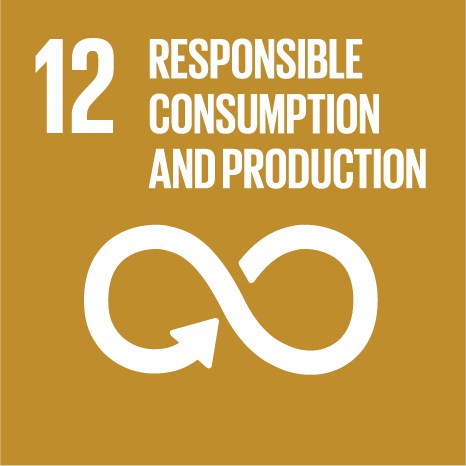3.4) By 2030, reduce by one third premature mortality from non-communicable diseases through prevention and treatment and promote mental health and well-being
The Walt Disney Company, in 2006, became the first major media company to establish nutrition guidelines to associate our brands and characters with more nutritionally balanced foods. In 2012, Disney took another important step, becoming the first major media company to set industry leading food advertising standards in the United States. That same year Disney introduced the Mickey Check, an icon that makes it easy for consumers to identify nutritious food choices online, at retail, and at Disneyworld and Disneyland. By 2015, the company ensured that all of its advertising on U.S. kid-focused media platforms and Disney-owned online destinations oriented to families with younger children were with food and beverages that comply with the nutrition guidelines.
6.4) By 2030, substantially increase water-use efficiency across all sectors and ensure sustainable withdrawals and supply of freshwater to address water scarcity and substantially reduce the number of people suffering from water scarcity
In 2014, Disney’s water consumption was recorded at 6.89 billion gallons. This falls slightly below the company’s baseline of 6.93 billion gallons. Disney continued to promote effective management of water use at existing sites while continuing to implement innovative conservation measures. In 2018, Disney exceeded its 2018 target to maintain potable water consumption at 2013 levels. Even with greater business growth than expected, the company reduced its water use in 2018 by nearly 6% compared to 2013.
8.7) Take immediate and effective measures to eradicate forced labour, end modern slavery and human trafficking and secure the prohibition and elimination of the worst forms of child labour, including recruitment and use of child soldiers, and by 2025 end child labour in all its forms
Disney’s Code of Conduct for Manufacturers explicitly prohibits the use of child labor, forced labor and other exploitative labor practices consistent with International Labour Organization core conventions. Disney has been conducting onsite inspections for child labor and forced labor since 1996. In 2009, Disney released a policy statement restricting the use of Uzbek cotton and since then continues to participate in the Cotton Campaign’s multi-stakeholder working group to combat forced labor in the Uzbek cotton supply chain.In2014, Disney funded a project with the Centre for Child Rights and Corporate Social Responsibility in China to build and improve the capacity of local organizations in identifying and remediating child labor in factories.
8.8) Protect labour rights and promote safe and secure working environments for all workers, including migrant workers, in particular women migrants, and those in precarious employment
Since 2012, Disney's supply chain investment program has given nearly $8 million to human rights organizations to promote safe and secure working conditions for workers in the global manufacturing sector. In Sao Paulo, Brazil, approximately 27,000 factory workers benefited from practical and immediate health and safety improvements made with Disney’s support. In a separate project through HERfinance, a factory-based financial literacy training for women garment workers, led to improved worker perceptions of their workplaces and managers in Bangalore and New Delhi, India. In 2014, Disney funded a project to promote ethical recruitment practices to prevent forced labor among migrant workers in the Philippines and Japan, as well as four additional projects to promote labor rights and safe working conditions for factory workers in China and Turkey.
12.6) Encourage companies, especially large and trans-national companies, to adopt sustainable practices and to integrate sustainability information into their reporting cycle
In 2014, Disney’s water consumption was recorded at 6.89 billion gallons. This falls slightly below the company’s baseline of 6.93 billion gallons. Disney continued to promote effective management of water use at existing sites while continuing to implement innovative conservation measures. In 2018, Disney exceeded its 2018 target to maintain potable water consumption at 2013 levels. Even with greater business growth than expected, the company reduced its water use in 2018 by nearly 6% compared to 2013.








